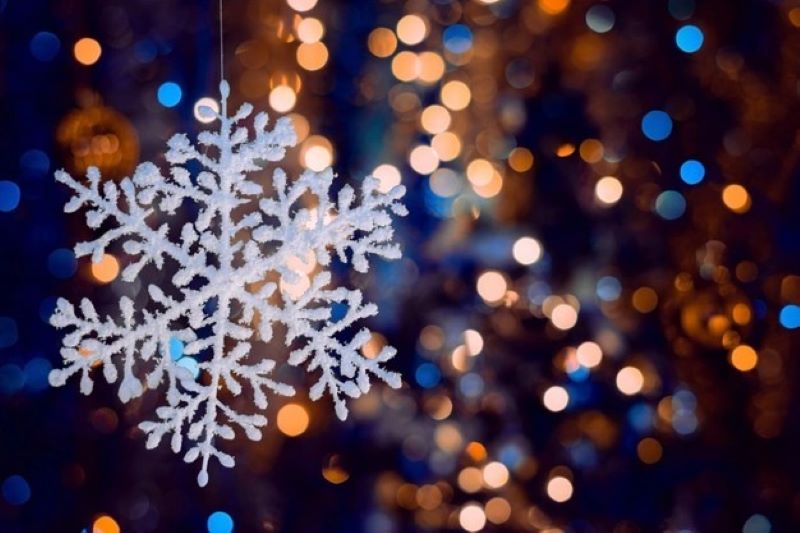The Christmas tree has become an iconic symbol of the holiday season, but its origins might surprise you. While many assume it is a Christian tradition, the Christmas tree actually has its roots in pagan customs. Let’s take a closer look at the fascinating history of the Christmas tree and discover how it evolved into the modern decoration we know and love today.
The Origins of the Christmas Tree: A Look at Pagan Traditions
The earliest known reference to decorated trees comes from ancient Egyptian times. Egyptians used palm branches to celebrate the winter solstice, which fell around December 21st. Similarly, ancient Romans celebrated Saturnalia, a festival in honor of Saturn, the god of agriculture, with evergreen trees decorated with trinkets.
The Rise of the Christmas Tree in Europe: From Medieval Times to the Renaissance
In the Germanic tradition, the Christmas tree takes center stage. It is said that in the 16th century, a group of Germans brought decorated trees into their homes for the holiday season. They borrowed the tradition from the pagan people around them and transformed it into a Christian practice. In fact, it is believed that Martin Luther, the German Protestant reformer, was one of the first to add lighted candles to the tree.
The popularity of the Christmas tree spread throughout Europe, with the tree becoming particularly important in the UK. Queen Victoria, a German native, brought the tradition to England in the 19th century. She and her family brought Christmas trees into Buckingham Palace, and thus, the tradition of decorating Christmas trees inside homes began.
The Christmas Tree Goes Global: Exploring Customs Around the World
In the United States, it was German immigrants who brought Christmas trees with them to America. However, the custom of the Christmas tree did not catch on right away. In fact, Christmas trees were even considered controversial among some American Christians who thought the practice had pagan roots.
But, by the early 20th century, the Christmas tree had become an established part of American holiday traditions. The National Christmas Tree Association was established in 1929, and the first National Christmas Tree Lighting ceremony was held in 1933.
Modern-Day Christmas Trees: From Energy-Efficient LEDs to Creative Themes
Today, the Christmas tree has evolved into a beloved holiday decoration. Real trees are still popular, but artificial trees have also become a popular choice for their convenience and eco-friendliness. Additionally, the decorations have changed over the years, with everything from handmade ornaments to high-tech LED lights.
In many ways, the Christmas tree is a perfect representation of the holiday season. It brings warmth and light into our homes during some of the darkest days of the year. It also reminds us of the values and traditions we hold dear, whether it’s gathering with loved ones, giving to those in need, or celebrating religious or cultural practices.
In conclusion, the history of the Christmas tree is a story of transformation and evolution. From ancient Egyptian palm branches to Germanic traditions to modern-day LED lights, the Christmas tree has gone through many changes over the centuries. But, no matter how it is decorated or celebrated, the tree remains a beloved symbol of the holiday season.

